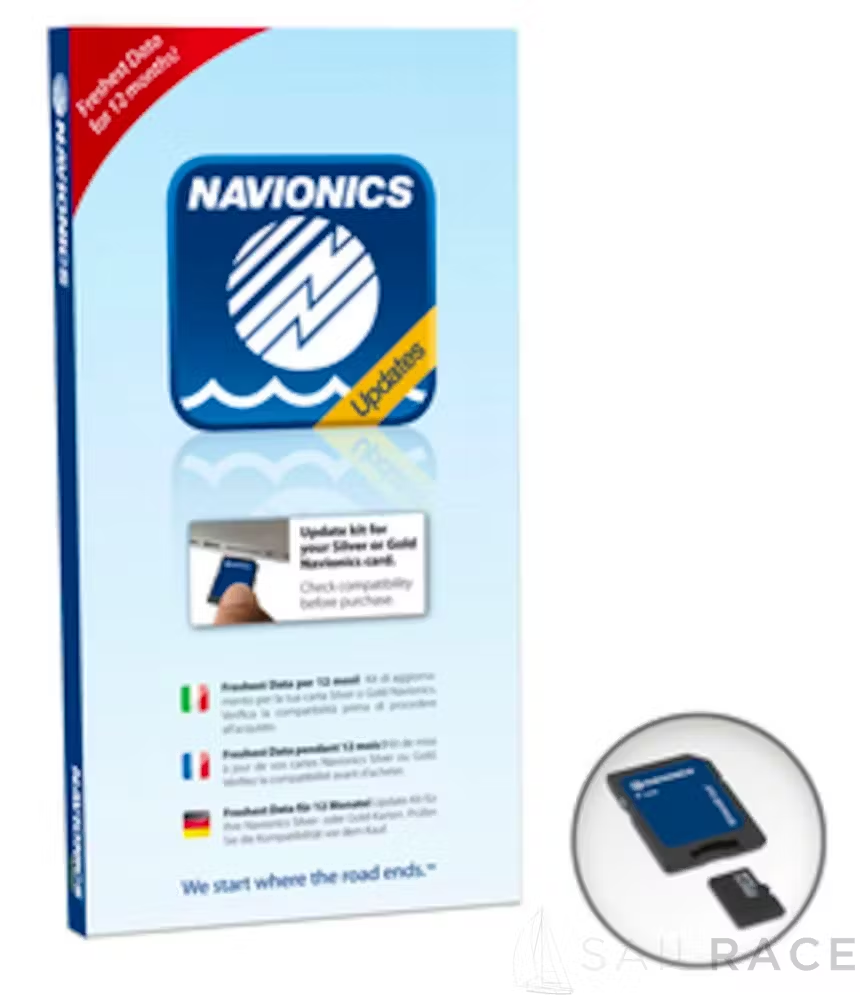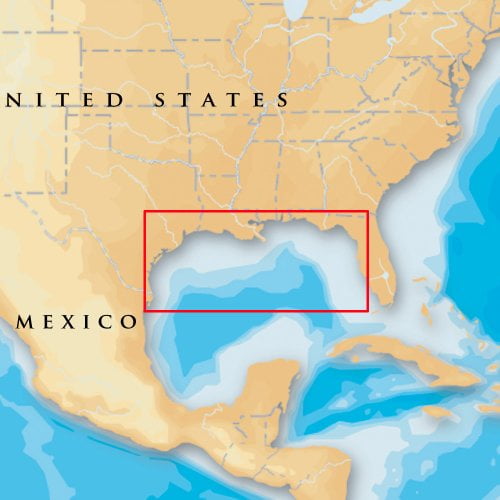
They are not available to buy separately. Navionics Silver – Silver charts, which are the most basic on offer, can be updated with an update card for £99.99 as long as they are on a chip and not embedded on the plotter.After this 12 month period has passed, your update options are as follows: This allows daily updates similar to those in the official Notices to Mariners, as well as Navionics’ SonarCharts (which use sonar logs from boats which submit their logs) and Community Edits (crowd-sourced data). Navionics offer 12 months’ free updates with every Navionics+, Gold, or Platinum+ chart chip. The fee charged for the update also allows you to transfer your chart to a different area, or change media if required, eg for a new plotter. Your existing card verifies that you are upgrading an older chart and can then be used as a backup. You then order an update card online, which you plug into a card reader and onto which you can download an update from the Navionics server. First identify the type of Navionics charts and the type of memory card you are using: these are likely to be either SD cards, micro-SD cards or CompactFlash (CF) cards. Navionics are the only company to offer daily chart updates. Their own iPad and Android tablet apps, which are much cheaper. These companies offer their cartography on memory cards for plotters and each sell There are three main providers of charts – Garmin (Garmin BlueChart) Jeppesen (C-Map) and Navionics. You can just buy a new chart each time, but this can work out to be extremely expensive, so it’s worth putting in some time to research the options which are open to you.

Each company offers a range of update products. So how do you go about it?ĭigital charts are available in a variety of formats and with hugely varying levels of complexity and price. But unlike paper charts, you can’t simply draw on the electronic versions. There’s even more need to update electronic charts than paper charts, especially as chart plotters display your position to a few metres on the chart and people sneak ever closer to obstructions, believing their charts and position to be accurate to the nearest centimetre. That’s all very well, but few people go to sea these days without electronic charts on board. Updating paper charts is a simple matter of consulting the updates given in a relevant Notice to Mariners and transferring these via a trusty purple pen to the chart: David Rainsbury wrote about how to update your paper charts in PBO September 2014.

Rocks might not move, but areas are resurveyed all the time – and sandbanks and mudbanks certainly do move, not to mention new buoyage and wrecks which appear all around our coasts – and we need to take advantage of any updates.

While we rely more and more upon our electronic charts, they are only as accurate as their source data.


 0 kommentar(er)
0 kommentar(er)
